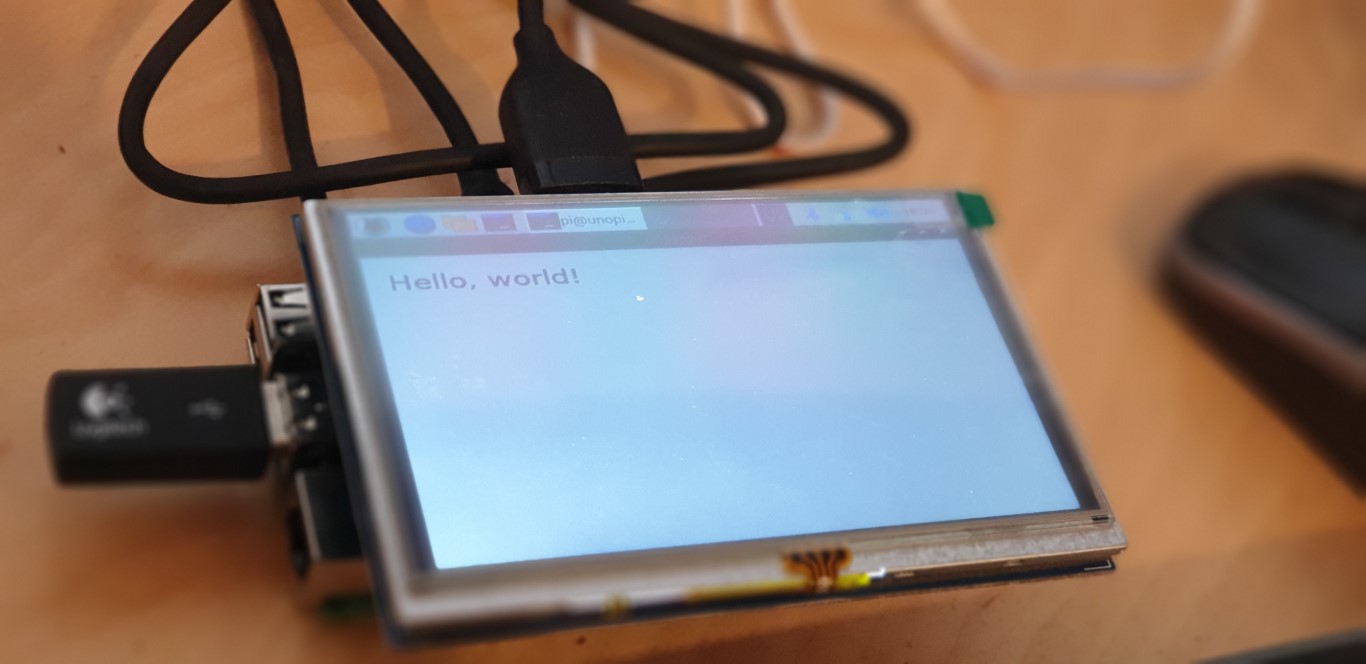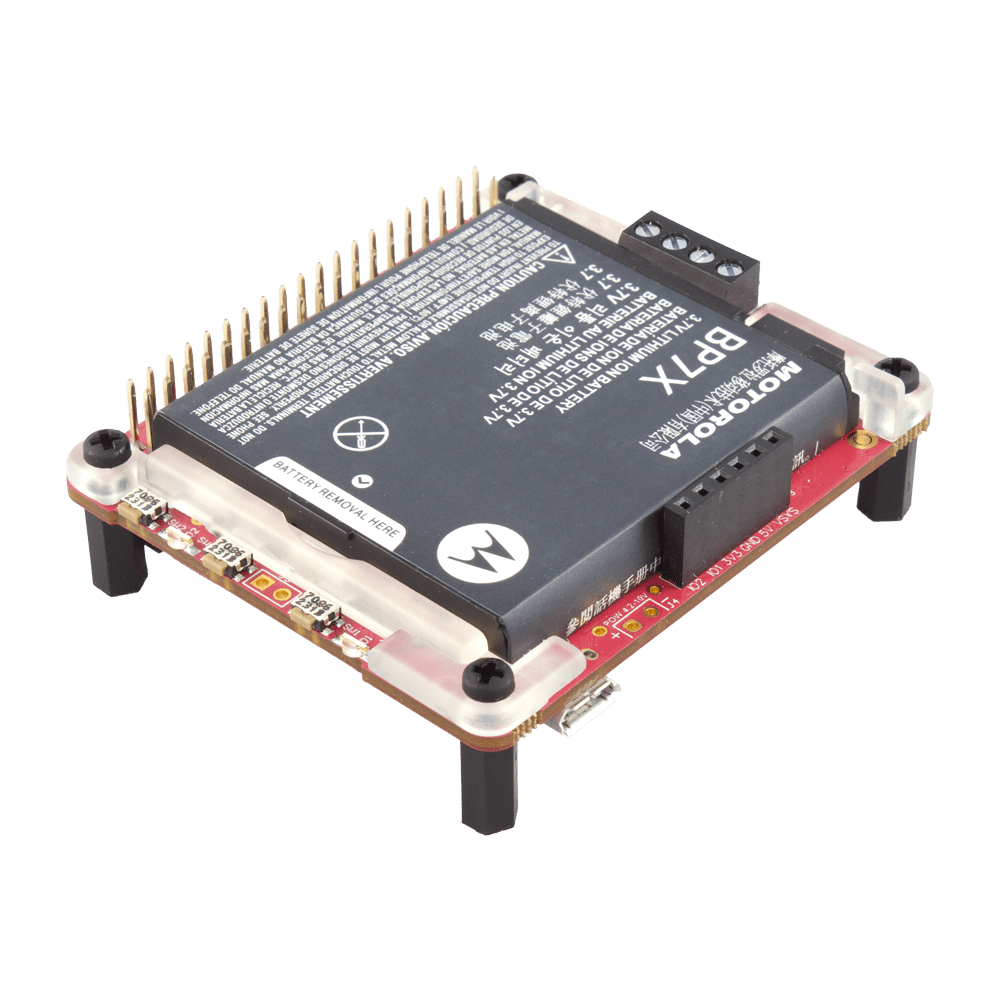Managing Raspberry Pi projects has become increasingly important as more businesses and individuals adopt this versatile device for various applications. Whether you're a hobbyist, an IT professional, or a business owner, having a reliable Raspberry Pi management platform is crucial for streamlining operations, improving efficiency, and ensuring seamless performance. In this guide, we'll explore everything you need to know about Raspberry Pi management platforms, from their features and benefits to the best practices for implementation.
Raspberry Pi has revolutionized the world of computing by providing an affordable and powerful single-board computer. However, as the number of devices grows, so does the complexity of managing them. This is where Raspberry Pi management platforms come into play. These platforms provide centralized control, remote access, and automation capabilities, making it easier to manage multiple Raspberry Pi devices simultaneously.
Whether you're deploying Raspberry Pi for home automation, IoT projects, or enterprise solutions, a robust management platform can significantly enhance your experience. By the end of this article, you'll have a clear understanding of what makes a great Raspberry Pi management platform and how to choose the right one for your needs.
Read also:Did Kody Brown Marry Again Unveiling The Truth Behind The Popular Question
Table of Contents
- Introduction to Raspberry Pi Management Platforms
- Key Benefits of Using Raspberry Pi Management Platforms
- Essential Features of Raspberry Pi Management Platforms
- Top Raspberry Pi Management Platforms
- Comparison of Popular Management Platforms
- Best Practices for Implementing Raspberry Pi Management
- Ensuring Security in Raspberry Pi Management
- Real-World Use Cases for Raspberry Pi Management
- Common Challenges in Managing Raspberry Pi Devices
- The Future of Raspberry Pi Management
Introduction to Raspberry Pi Management Platforms
Raspberry Pi management platforms are designed to simplify the administration and monitoring of Raspberry Pi devices. These platforms offer a centralized interface for controlling multiple devices, enabling users to perform tasks such as software updates, configuration changes, and performance monitoring from a single location.
With the increasing popularity of Raspberry Pi in both personal and professional settings, the demand for effective management solutions has grown significantly. A good management platform ensures that all devices are synchronized, secure, and functioning optimally, reducing the need for manual intervention.
Why Choose a Raspberry Pi Management Platform?
- Centralized control over multiple devices
- Remote access and monitoring capabilities
- Automated updates and maintenance
- Improved security and compliance
Key Benefits of Using Raspberry Pi Management Platforms
Implementing a Raspberry Pi management platform offers numerous advantages that can enhance the efficiency and effectiveness of your projects. Here are some of the key benefits:
Efficiency Gains
By automating routine tasks such as software updates and configuration changes, management platforms allow users to focus on more critical aspects of their projects. This leads to increased productivity and reduced downtime.
Enhanced Security
Security is a top priority when managing multiple devices. A reliable management platform ensures that all devices are protected against potential threats by providing features such as firewalls, encryption, and intrusion detection systems.
Scalability
As your Raspberry Pi deployment grows, a management platform can easily scale to accommodate additional devices without compromising performance. This makes it an ideal solution for both small-scale projects and large-scale enterprise deployments.
Read also:Phil Robertson A Comprehensive Look At The Duck Dynasty Star
Essential Features of Raspberry Pi Management Platforms
When evaluating Raspberry Pi management platforms, it's important to consider the features that will best meet your needs. Here are some essential features to look for:
Remote Access
Remote access allows users to connect to their Raspberry Pi devices from anywhere in the world. This is particularly useful for troubleshooting and performing maintenance tasks without being physically present.
Automated Updates
Automated updates ensure that all devices are running the latest software versions, reducing the risk of vulnerabilities and improving overall performance.
Monitoring and Reporting
Monitoring tools provide real-time insights into device performance, while reporting features generate detailed analytics that can help identify trends and areas for improvement.
Top Raspberry Pi Management Platforms
There are several Raspberry Pi management platforms available, each with its own strengths and weaknesses. Below are some of the most popular options:
BalenaCloud
BalenaCloud is a powerful management platform that offers remote access, automated updates, and containerized applications. It supports a wide range of devices and operating systems, making it a versatile choice for various projects.
Fleet
Fleet is a lightweight management platform designed specifically for Raspberry Pi devices. It provides features such as remote access, monitoring, and automation, making it an excellent choice for small-scale deployments.
Resin.io
Resin.io, now part of Balena, offers a comprehensive management solution with features such as automated backups, secure connections, and multi-device management. Its user-friendly interface makes it easy to use for both beginners and experts.
Comparison of Popular Management Platforms
Choosing the right Raspberry Pi management platform can be challenging, especially with so many options available. To help you make an informed decision, we've compared some of the most popular platforms based on key criteria:
Feature Comparison
| Platform | Remote Access | Automated Updates | Security Features |
|---|---|---|---|
| BalenaCloud | Yes | Yes | Firewall, Encryption |
| Fleet | Yes | No | Basic |
| Resin.io | Yes | Yes | Backups, Secure Connections |
Best Practices for Implementing Raspberry Pi Management
To ensure the successful implementation of a Raspberry Pi management platform, consider the following best practices:
Plan Your Deployment
Before deploying a management platform, assess your needs and define clear objectives. This will help you choose the right platform and configure it effectively.
Train Your Team
Ensure that your team is familiar with the platform's features and functionalities. Providing training and support can help maximize the platform's potential and minimize errors.
Monitor Performance
Regularly monitor the performance of your Raspberry Pi devices to identify potential issues and optimize operations. Use the platform's monitoring tools to gain valuable insights and make data-driven decisions.
Ensuring Security in Raspberry Pi Management
Security is a critical consideration when managing Raspberry Pi devices. Here are some tips to enhance the security of your management platform:
Use Strong Passwords
Implement strong password policies and enable two-factor authentication to protect your devices from unauthorized access.
Regularly Update Software
Keep all software and firmware up to date to patch vulnerabilities and protect against emerging threats.
Implement Firewall Rules
Configure firewall rules to restrict access to your devices and prevent unauthorized connections.
Real-World Use Cases for Raspberry Pi Management
Raspberry Pi management platforms are used in a variety of industries and applications. Here are some real-world use cases:
Smart Home Automation
Manage multiple Raspberry Pi devices for controlling smart home appliances, lighting, and security systems.
IoT Deployments
Monitor and control IoT devices in industrial settings, such as manufacturing plants and agricultural facilities.
Education
Provide students with hands-on experience in managing and programming Raspberry Pi devices in classroom settings.
Common Challenges in Managing Raspberry Pi Devices
While Raspberry Pi management platforms offer numerous benefits, there are also challenges to consider:
Complexity
Managing multiple devices can be complex, especially for users who are new to Raspberry Pi technology.
Resource Constraints
Limited resources, such as bandwidth and storage, can impact the performance of management platforms.
Compatibility Issues
Ensuring compatibility between different devices and operating systems can be challenging, requiring careful planning and testing.
The Future of Raspberry Pi Management
As technology continues to evolve, the future of Raspberry Pi management looks promising. Advances in artificial intelligence, machine learning, and cloud computing will enhance the capabilities of management platforms, making them even more powerful and user-friendly.
Expect to see more integrated solutions that combine hardware and software management, as well as increased focus on security and privacy. Additionally, the growing adoption of IoT devices will drive innovation in Raspberry Pi management, leading to new and exciting possibilities.
Conclusion
Raspberry Pi management platforms are essential tools for anyone looking to streamline the administration of multiple Raspberry Pi devices. By providing centralized control, remote access, and automation capabilities, these platforms can significantly enhance efficiency, security, and scalability.
To get the most out of your Raspberry Pi management platform, consider the key features and benefits discussed in this guide. Choose a platform that aligns with your needs and implement best practices to ensure successful deployment.
We encourage you to leave your thoughts and questions in the comments section below. Additionally, feel free to share this article with others who may find it useful. For more information on Raspberry Pi and related topics, explore our other articles on the site.

